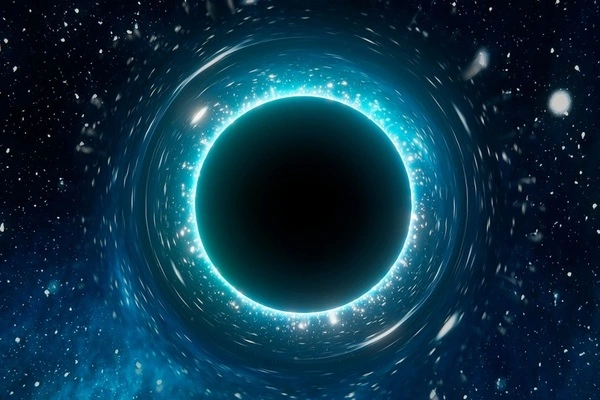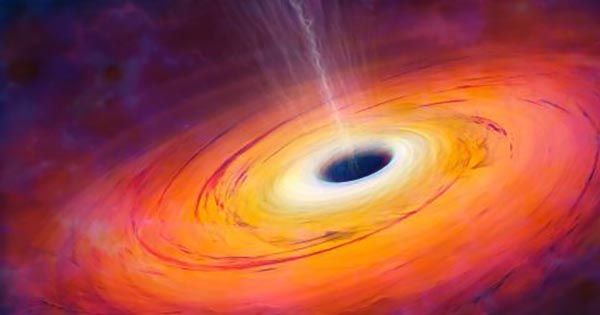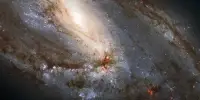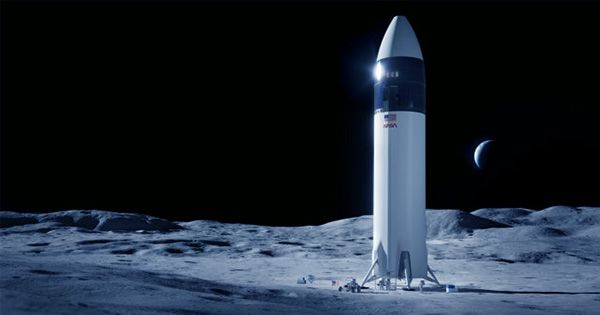Sagittarius A*, the supermassive black hole at the center of our galaxy, the Milky Way, has never been seen before. We now know what this cosmic monster in our area of the universe looks like thanks to the Event Horizon Telescope collaboration, which provided the first-ever photograph of a black hole. NASA’s Chandra observatory provided X-ray data to accompany the historic photograph. Together, they provide incredible new information on the Milky Way’s most significant occupant. Among them, the researchers determined that Sagittarius Aspin *’s axis is practically squarely pointed towards Earth. The Astrophysical Journal Letters has published the findings of the EHT team.
In a statement, EHT Project Scientist Geoffrey Bower of the Institute of Astronomy and Astrophysics, Academia Sinica, said, “We were startled by how closely the size of the ring corresponded with expectations from Einstein’s Theory of General Relativity.” “These unprecedented observations have substantially advanced our understanding of what happens at the very center of our galaxy and have provided fresh insights into how these massive black holes interact with their environment,” the researchers said.
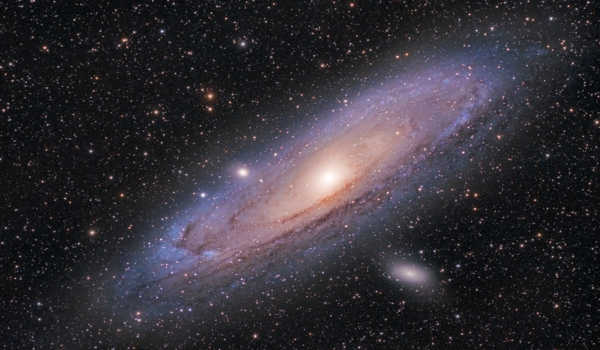
Sagittarius A* – pronounced “A star” – is not the most massive supermassive black hole, but it contains nearly 4 million times the mass of our Sun in an event horizon of around 12 million kilometers (7.5 million miles) wide. That’s 30 times the distance between Earth and Moon. That’s a substantial size, yet viewing it is difficult. To begin with, black holes are black by definition. Nothing, not even light, is immune to their gravitational pull.
So instead of viewing Sagittarius A* directly, we’re witnessing radio waves surrounding the event horizon, the black hole’s “surface,” or the border between it and the rest of the cosmos. The event horizon is the point at which traveling faster than the speed of light is required to escape the black hole’s gravitational attraction. Astronomers were able to picture the shadow of the black hole’s event horizon. An accretion disk surrounds black holes, which is a flat spinning ring of gas, dust, and star debris that orbiting the black hole but does not fall in.
We can see this disk because the black hole’s massive gravity accelerates the spinning particles, causing them to collide and release X-rays and gamma rays in visible light, which we can see – and now photograph. Sagittarius A* is present, but what we’re witnessing is how it warps gravity and, as a result, the heated plasma around it. The distance is the second issue. Sagittarius A* is a small object to see at a distance of around 26,600 light-years. It’s the same as looking at an atom at arm’s length or a doughnut on the Moon. To get that great resolution, you’ll either need a massive telescope or a lot of physics knowledge.
To produce the former, the Event Horizon Telescope collaboration did the latter. It is feasible to integrate observations from radio telescopes separated on Earth by a specific distance in a way that makes them comparable to a telescope the size of their separation according to a technology known as Very Long Base Interferometry. From Greenland and Antarctica to Europe and Hawaii, via North and South America, the Event Horizon Telescope has observatories all across the world. They worked together to create a telescope the size of the Earth.
The initial photograph of M87* – the asterisk represents a black hole in astronomy – was released in 2019, followed by spectacular follow-ups including the most exact photos of M87* yet and the first image of the magnetic field at the edge of a black hole. M87* is 1,600 times smaller than Sagittarius A*. Instead of weeks like the bigger object, the innermost stable orbit is around 4.5 light-minutes. That implies the atmosphere surrounding Sagittarius A* changes more fast, making it more difficult to create this picture. In 2021 and 2022, the partnership performed observing campaigns with even more telescopes, broadening their studies to additional objects in the hopes of revealing the first-ever video of a changing supermassive black hole.
